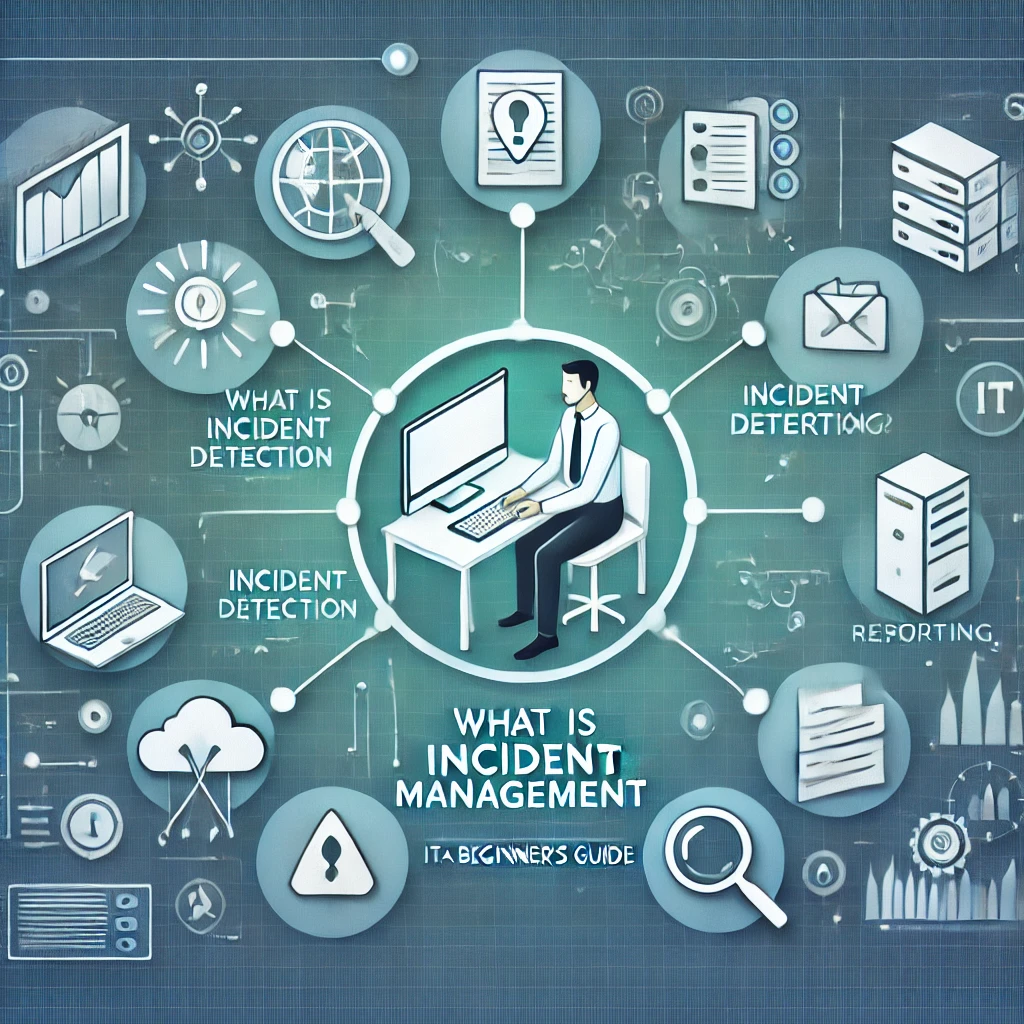📝 Incident Reporting 101: Best Practices for Beginners
🔍 Introduction
Incident reporting is a crucial aspect of IT operations, helping teams document, analyze, and resolve system failures or security breaches efficiently. A well-structured incident report not only provides clarity but also helps in preventing future incidents by identifying patterns and weaknesses in the system. In this blog, we will explore the key elements of incident reporting, why it is essential, and best practices to ensure accuracy and effectiveness.

📌 What is an Incident Report?
An incident report is a formal record of an unexpected event that disrupts normal operations. It contains critical information about the incident, including:
- Incident Description: A brief summary of what happened
- Date and Time: When the incident occurred
- Affected Parties: Systems, teams, or users impacted
- Resolution Steps: Actions taken to mitigate the impact
- Root Cause and Prevention: Analysis of the issue and preventive measures to avoid recurrence
A structured approach to incident reporting helps organizations maintain transparency and improve response times.
🛑 Why is Incident Reporting Important?
Incident reporting plays a vital role in IT service management by:
- ✅ Improving Problem Resolution: A well-documented report helps in identifying root causes and potential fixes for future incidents.
- 📊 Enhancing Documentation: Comprehensive reports serve as a knowledge base for similar incidents in the future.
- 🚀 Ensuring Compliance: Many industries require incident reporting for security and regulatory compliance.
- 📈 Driving Continuous Improvement: Incident data helps in refining operational processes and preventing future disruptions.
📝 Key Elements of an Effective Incident Report
For an incident report to be useful, it must include:
- A Clear and Concise Summary – The report should provide a brief but thorough explanation of the incident.
- Objective and Factual Details – Avoid assumptions and ensure all information is evidence-based.
- Chronological Breakdown – Document events in the order they occurred for clarity.
- Actionable Insights – Outline corrective actions and preventive measures to mitigate future risks.
🏆 Best Practices for Writing an Incident Report
🕒 1. Report Incidents Immediately
Timely reporting is critical in minimizing damage and improving response efficiency. The sooner an incident is documented, the easier it is to investigate and resolve.
🎯 2. Use a Standardized Format
A uniform reporting format ensures consistency and ease of reference. An ideal template should include:
- Incident Summary – A high-level overview of the issue
- Impact Assessment – Explanation of how the incident affected business operations
- Resolution Steps – Actions taken to address the issue
- Recommendations for Prevention – Suggestions for future improvements
🔄 3. Provide Detailed Context
When documenting an incident, always include:
- What happened? – A detailed description of the issue
- Who was affected? – Identify impacted users, teams, or systems
- How was it resolved? – List all steps taken to mitigate the problem
🔔 4. Include Screenshots and Logs
Supporting evidence such as screenshots, log files, or system monitoring data strengthens the report and makes troubleshooting easier.
🏁 5. Review and Validate Reports
Before submitting, ensure that the report is accurate and complete. A second review by a colleague can help identify any missing details and enhance clarity.
🚀 Conclusion
Incident reporting is a fundamental aspect of IT service management that enables teams to learn from past issues and enhance system resilience. By following a structured approach, documenting incidents promptly, and including essential details, teams can significantly improve resolution times and prevent recurring problems.
Learn More:
📌 Have you ever encountered challenges in incident reporting? Share your thoughts and experiences in the comments below!




